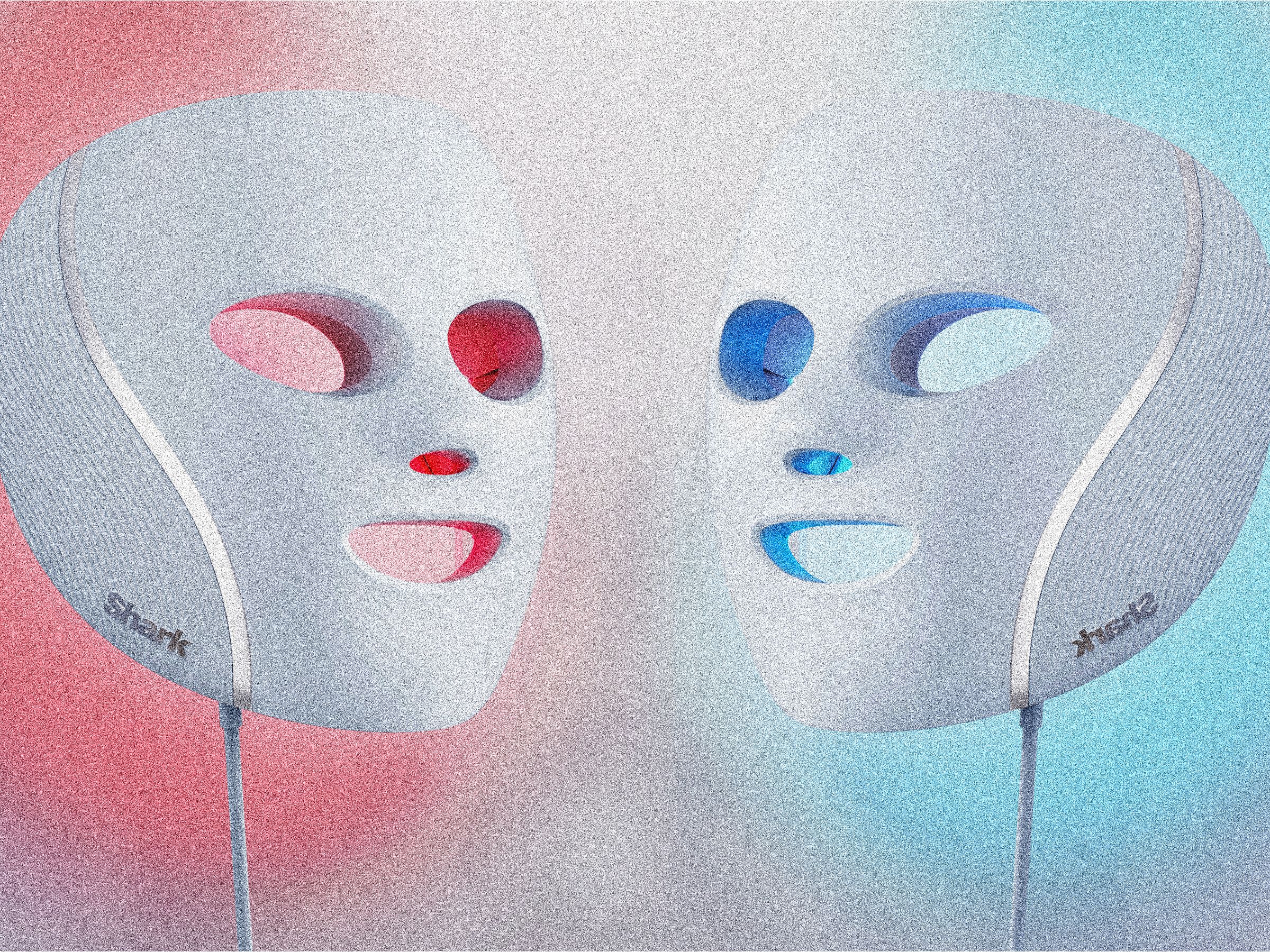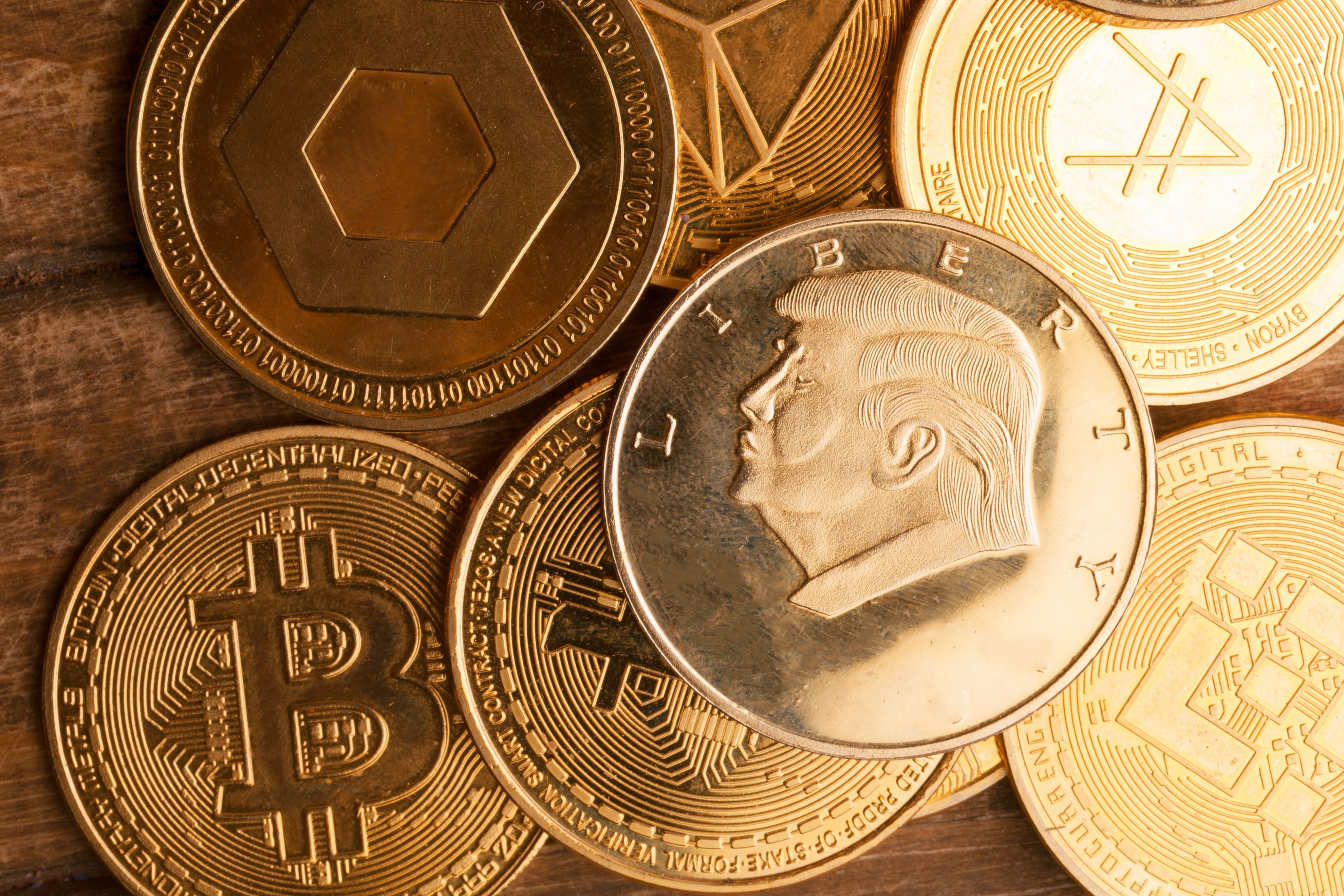Deepfakes, Scams, and the Age of Paranoia
In today’s digital age, the rise of deepfakes has left many people feeling vulnerable to scams and deception. With advanced technology allowing for the manipulation of videos and images to create realistic but fake content, distinguishing between what is real and what is fake has become increasingly difficult.
Deepfakes have been used in a variety of ways, from creating fake news stories to impersonating individuals for malicious purposes. This has raised concerns about the potential for widespread scams and fraud, as unsuspecting individuals may be tricked into believing false information.
As a result, many people are now living in an age of paranoia, constantly questioning the authenticity of the media they consume. This heightened sense of distrust has made it easier for scammers to prey on individuals who are already on edge.
However, there are ways to protect yourself from falling victim to deepfake scams. It is important to verify the source of any information before sharing it and to be cautious of messages or videos that seem suspicious or too good to be true.
Furthermore, staying informed about the latest deepfake technology and how to spot manipulated content can also help you avoid falling for scams. By educating yourself and remaining vigilant, you can better protect yourself in this age of paranoia.
Ultimately, the rise of deepfakes highlights the need for greater awareness and critical thinking when consuming media. By being mindful of the potential for deception and taking steps to verify the authenticity of content, you can navigate the digital landscape more safely and confidently.






More Stories
The Trump Memecoin Dinner Winners Are Getting Rid of Their Coins
A ‘Trump Card Visa’ Is Already Showing Up in Immigration Forms
Elon Musk’s Grok AI Can’t Stop Talking About ‘White Genocide’